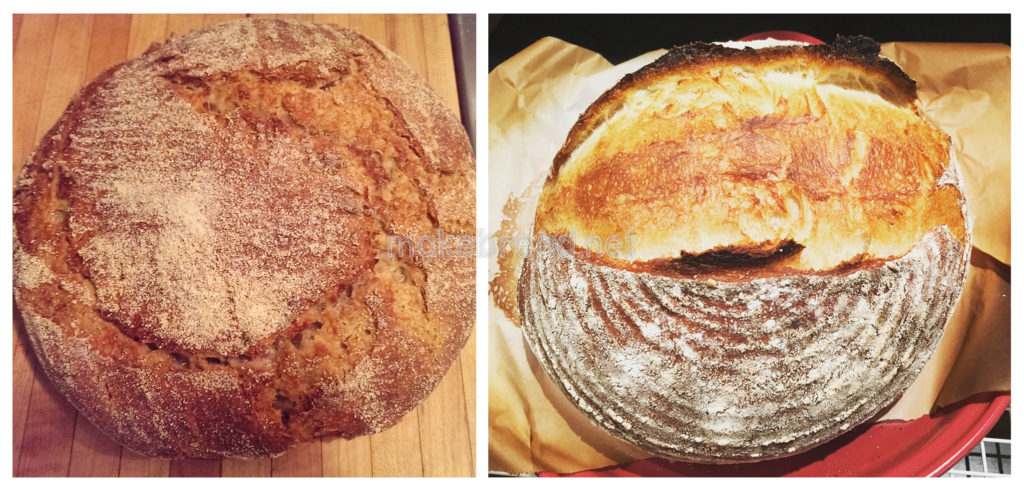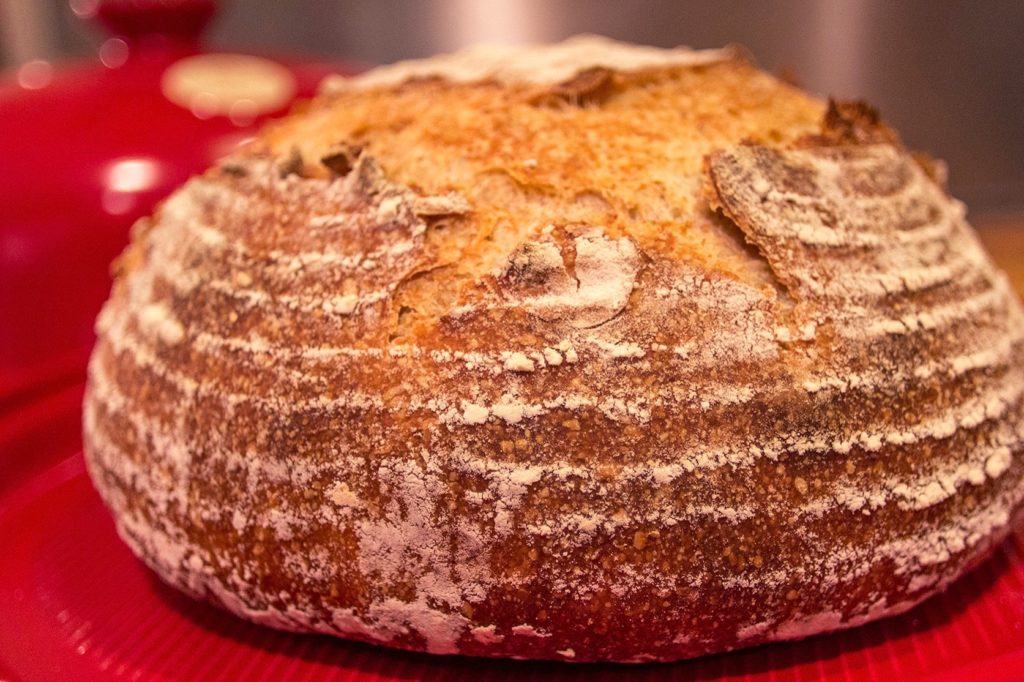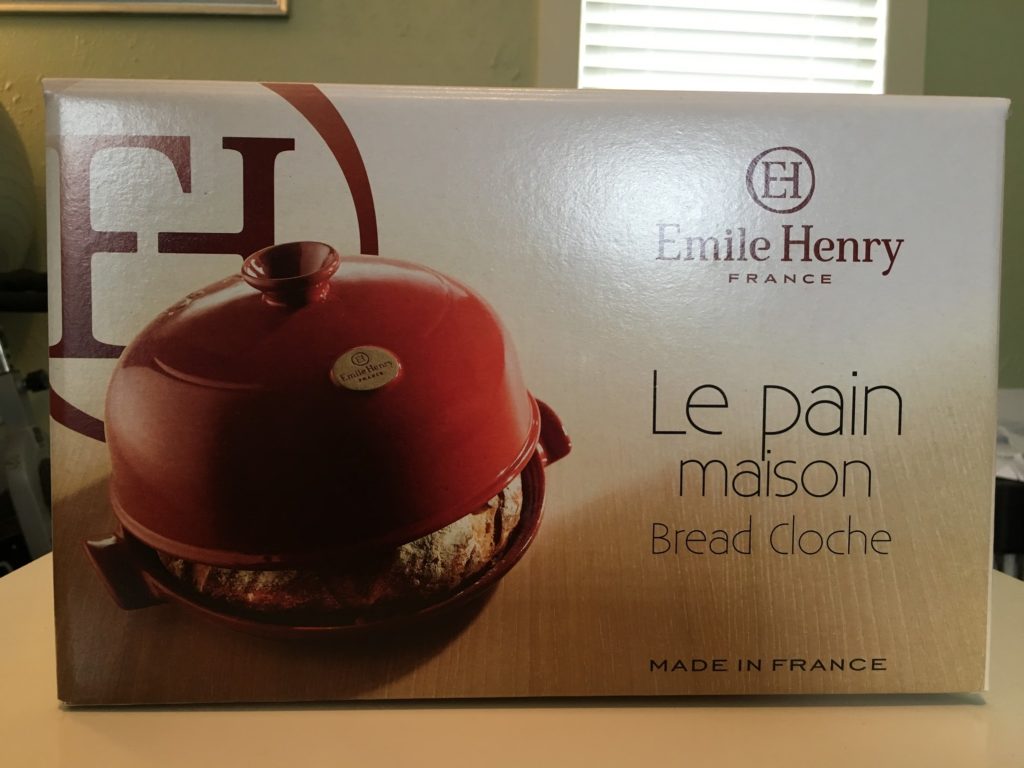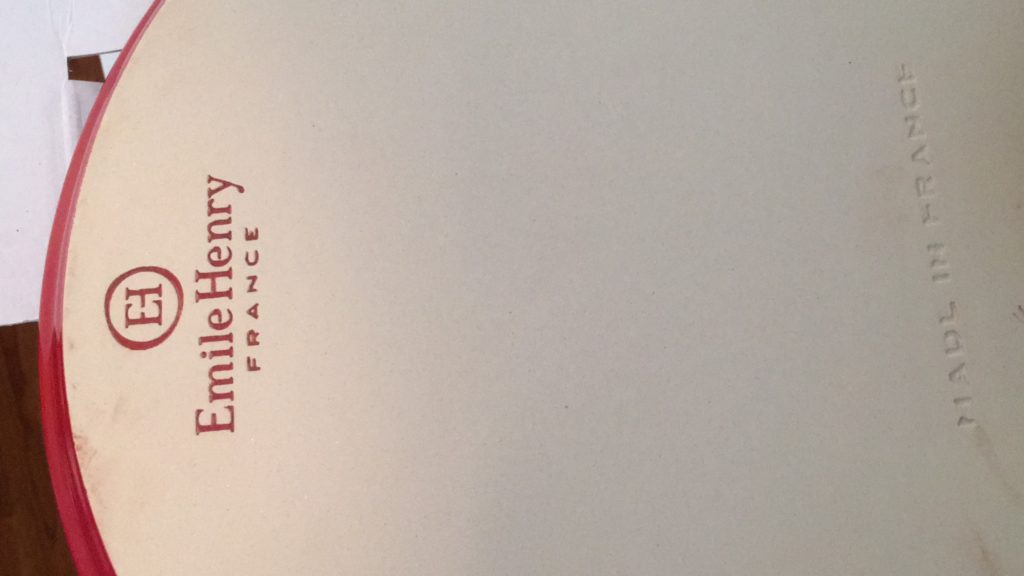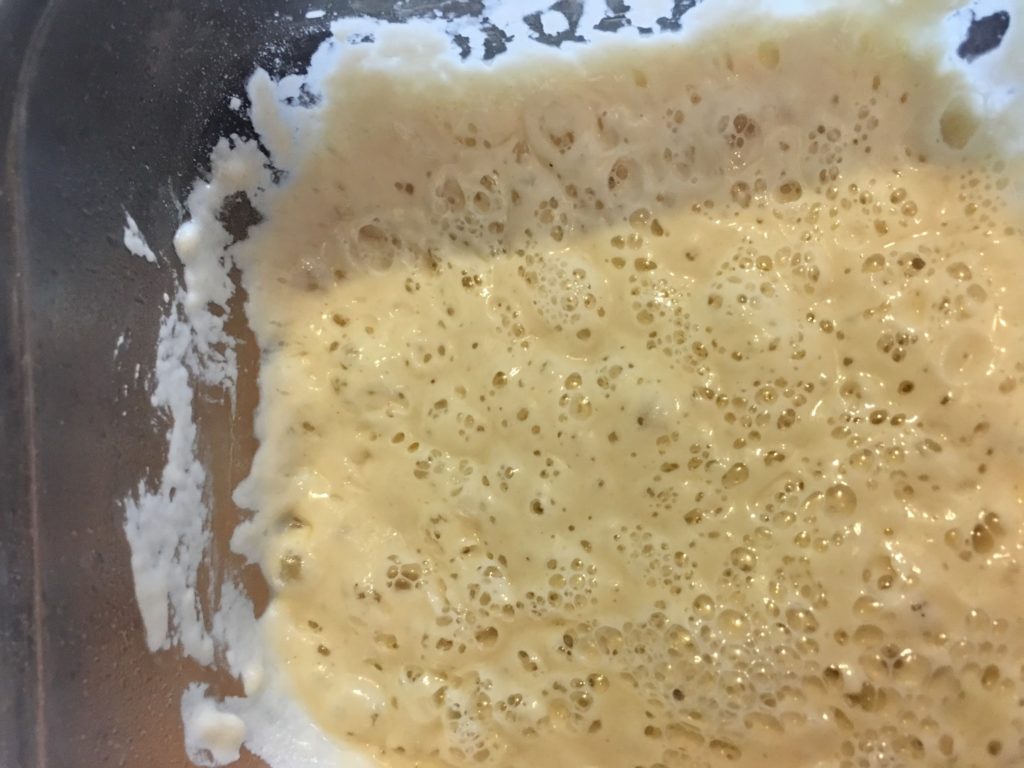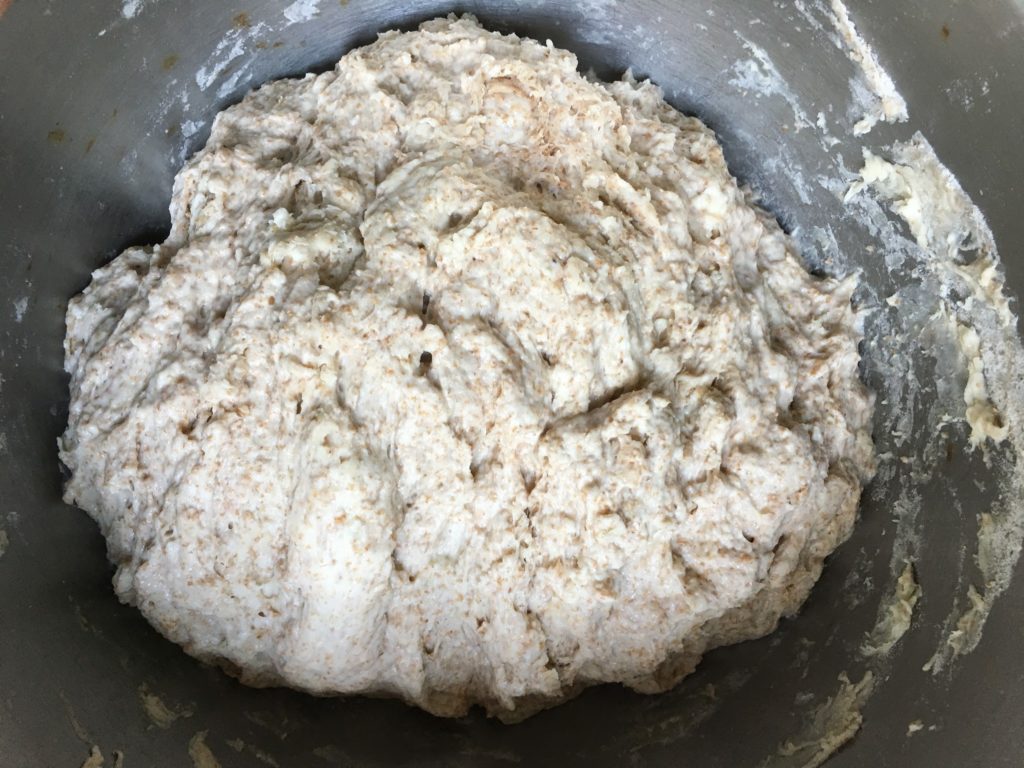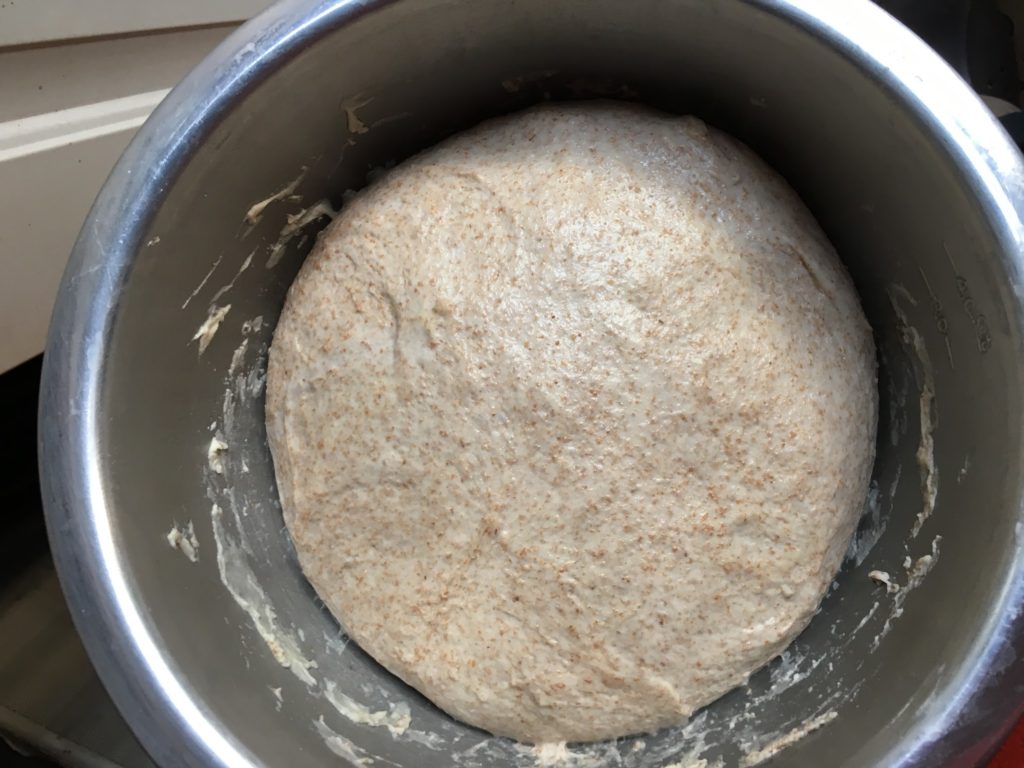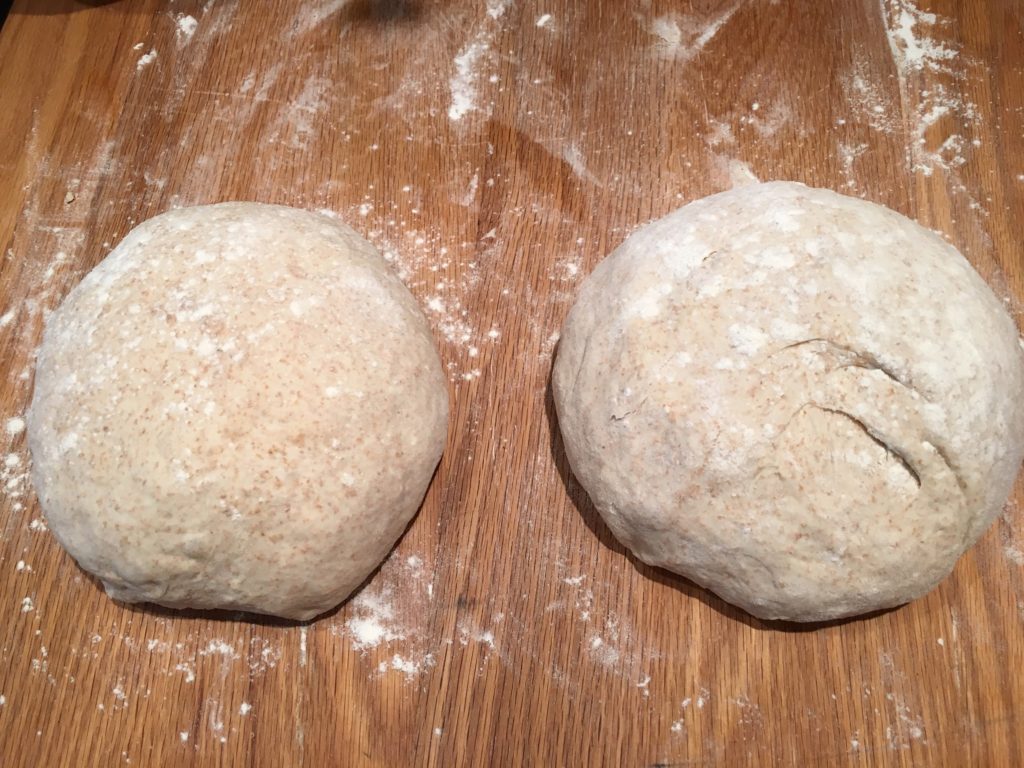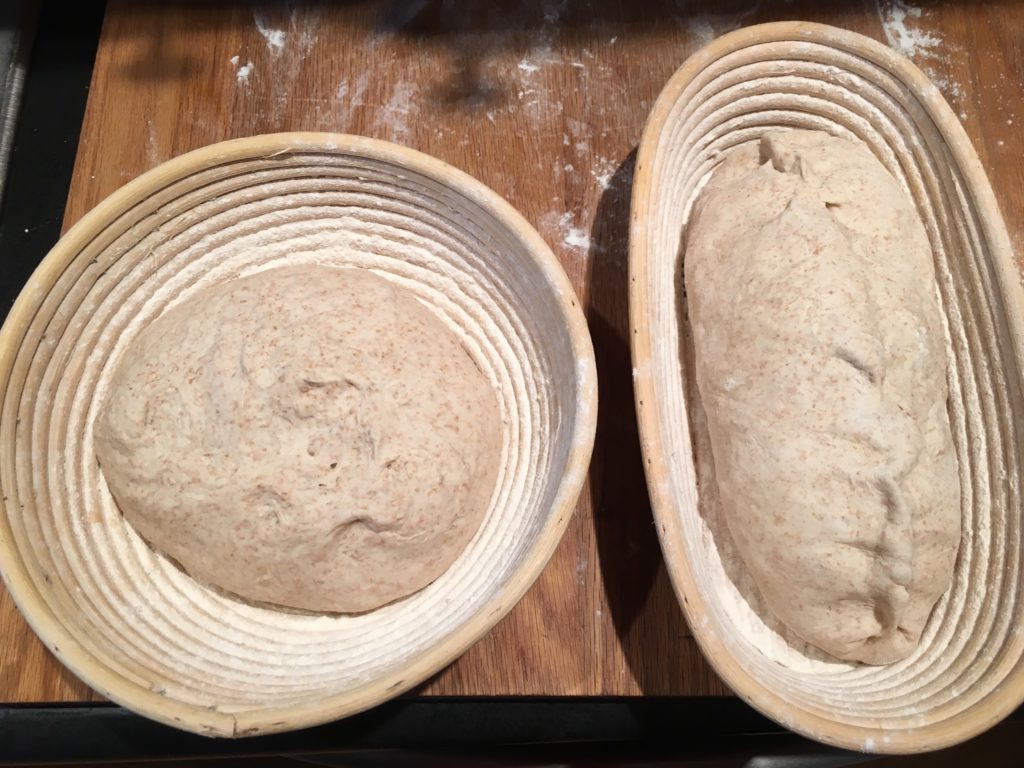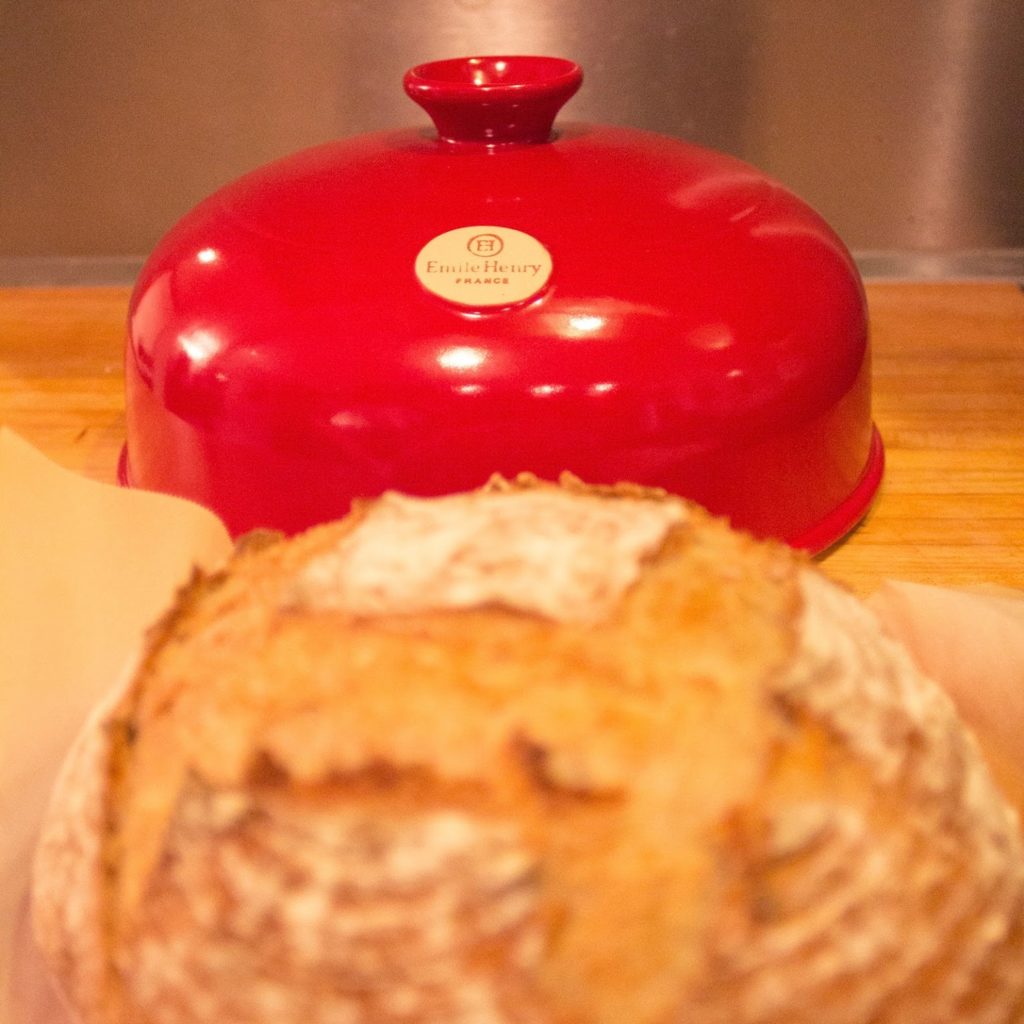In the previous video, I showed you how to “start” your sourdough culture. In today’s video, I’ll show you how to clean and feed your culture. By this time tomorrow, your culture should start showing more signs of life by having bubbles and becoming more airy!
Presently your culture shouldn’t look too different than it did yesterday. It may have a hint of a sour odor, it may have released a little bit of water, and it may also look exactly the same. There are variables to its behavior, namely flour type, contents in your water, and temperature at which it was kept.
[Read more…] about How to Make a Sourdough Starter From Scratch: Day 2
